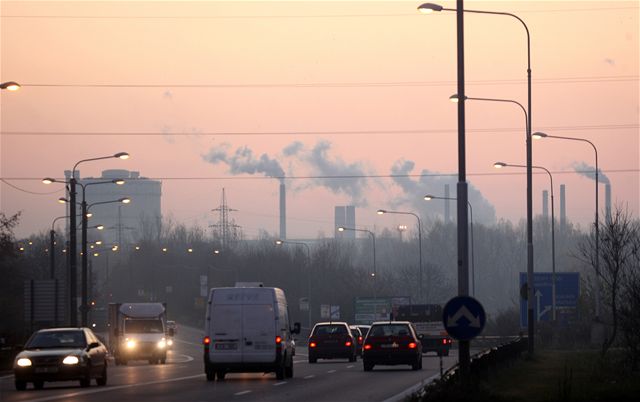Concentrations of dangerous fine particles entering the air from exhaust gases, especially from diesel engines, industrial production or heating, can for example cause stroke, heart attack, angina pectoris or embolism. These problems can appear as early as five days after a person is exposed to heavy pollution, according to the report.
Each time the concentration of microparticles increased by ten micrograms per square meter, the risk of death increased by an average of 0.5 percent. According to scientists, the danger is higher in the elderly and sick. The risk is roughly the same both in winter, when there is the most smog, and in summer, when people spend most of their time outdoors.
Air pollution is very high in some places
The EU standard for air cleanliness is a maximum of 40 micrograms per cubic meter, while the World Health Organization (WHO) allows a maximum amount of only 20 micrograms. According to French researchers, joining WHO standards would save the lives of thousands of Europeans every year and prevent many people from being hospitalized. Additionally, the report warns that concentrations of harmful particles may increase due to climate warming.
The European Environment Agency (EEA) stated in October 2013 that air pollution remains very high in many regions of Europe, including the Czech Republic, and results in premature deaths or economic losses related to low crop yields. According to him, emissions of some hazardous substances have decreased in Europe in recent decades, but the value of other hazardous substances has decreased much more slowly.
At that time, according to the EEA, the Czech Republic was one of the worst countries in the EU in terms of air pollution with fine particles. The agency’s report shows that the fine particle situation is worst in the Ostrava region and northwestern Bohemia.

“Certified bacon geek. Evil social media fanatic. Music practitioner. Communicator.”







